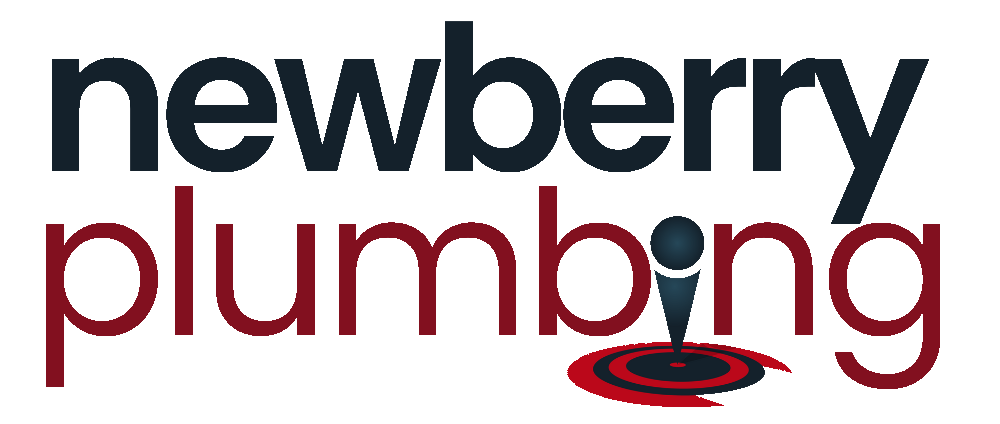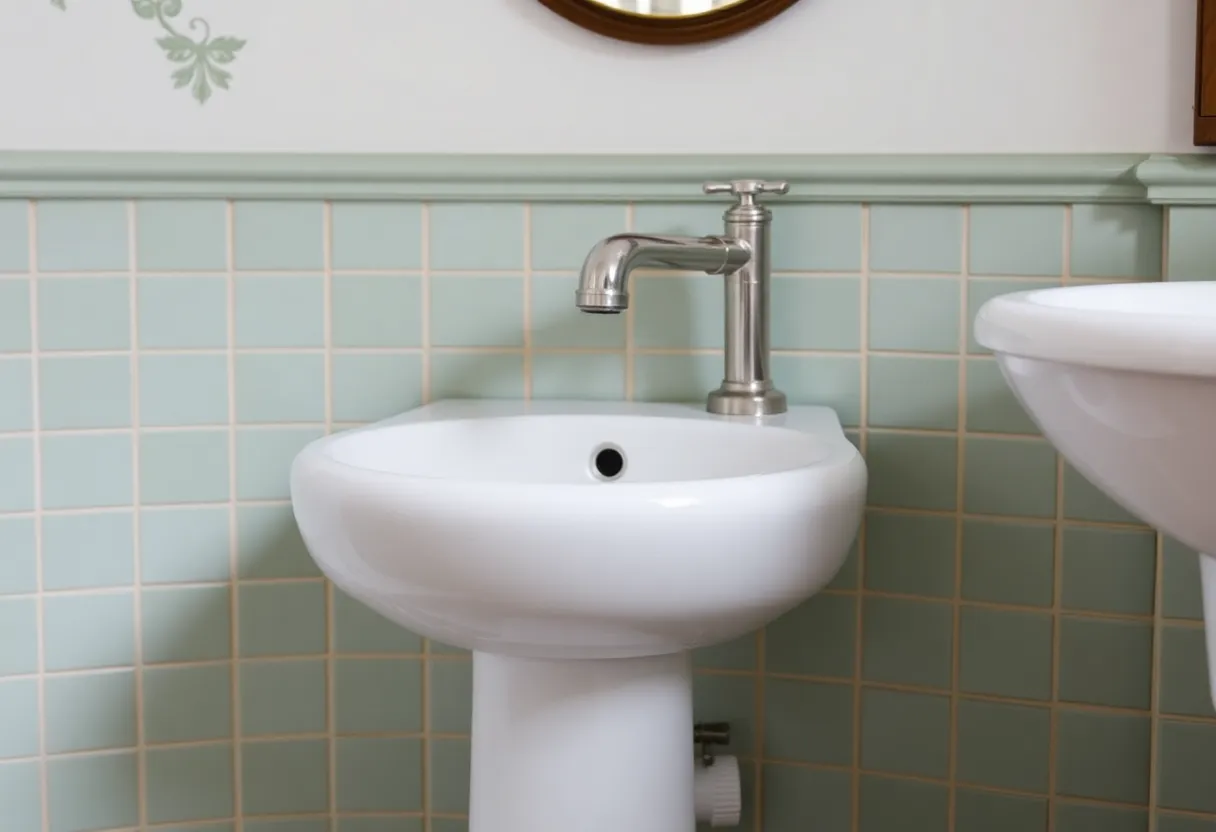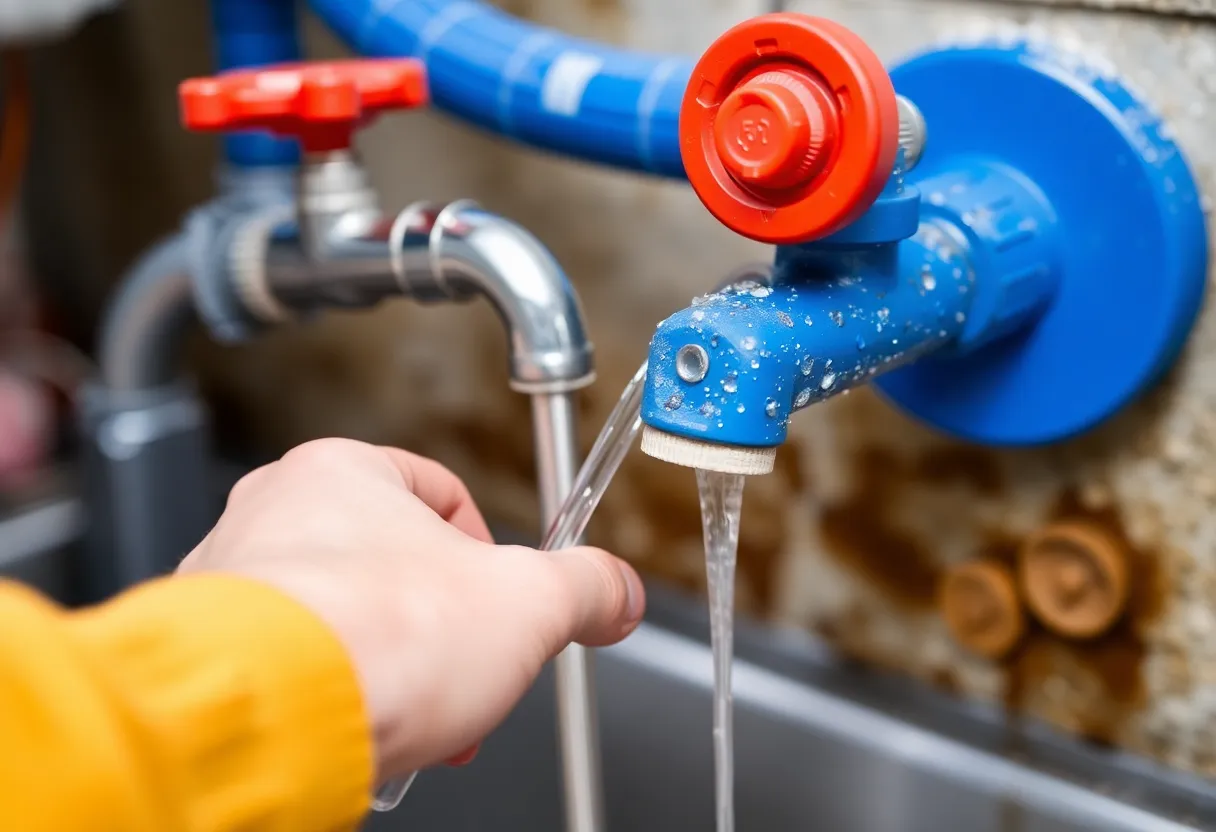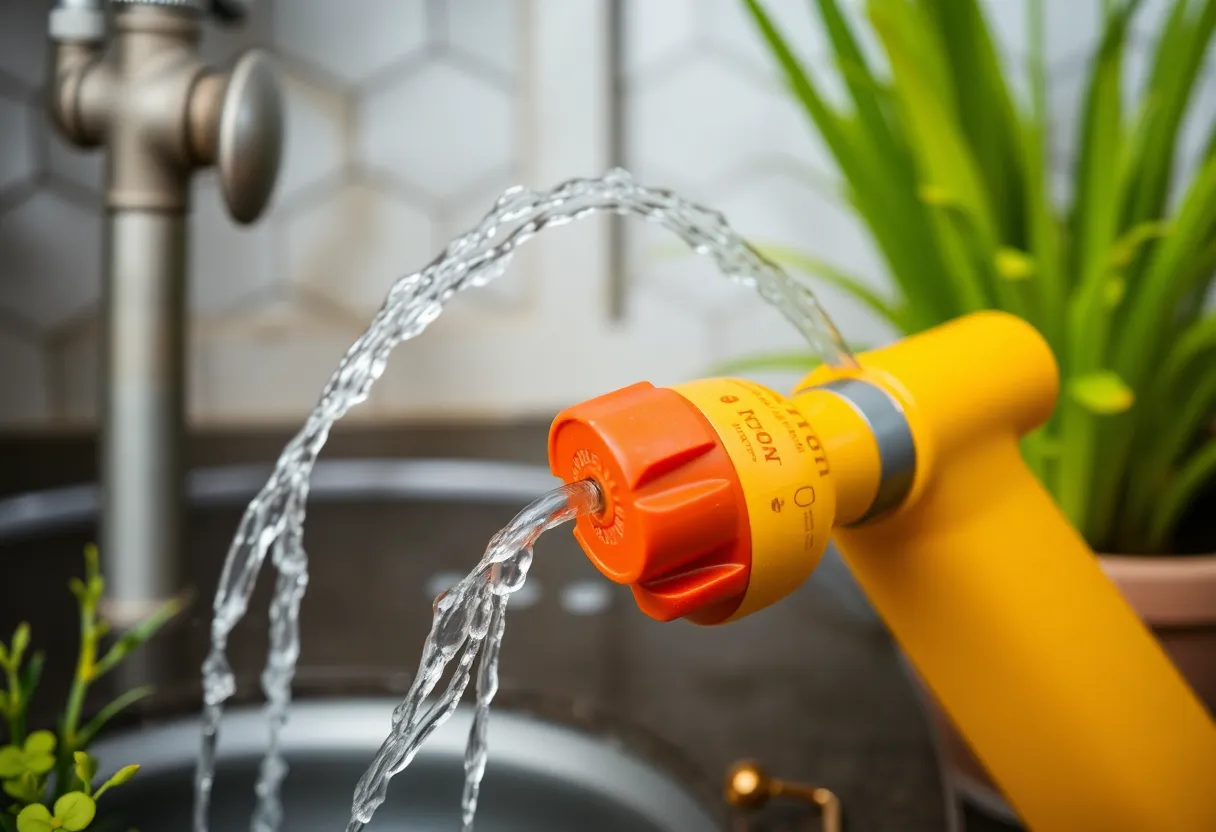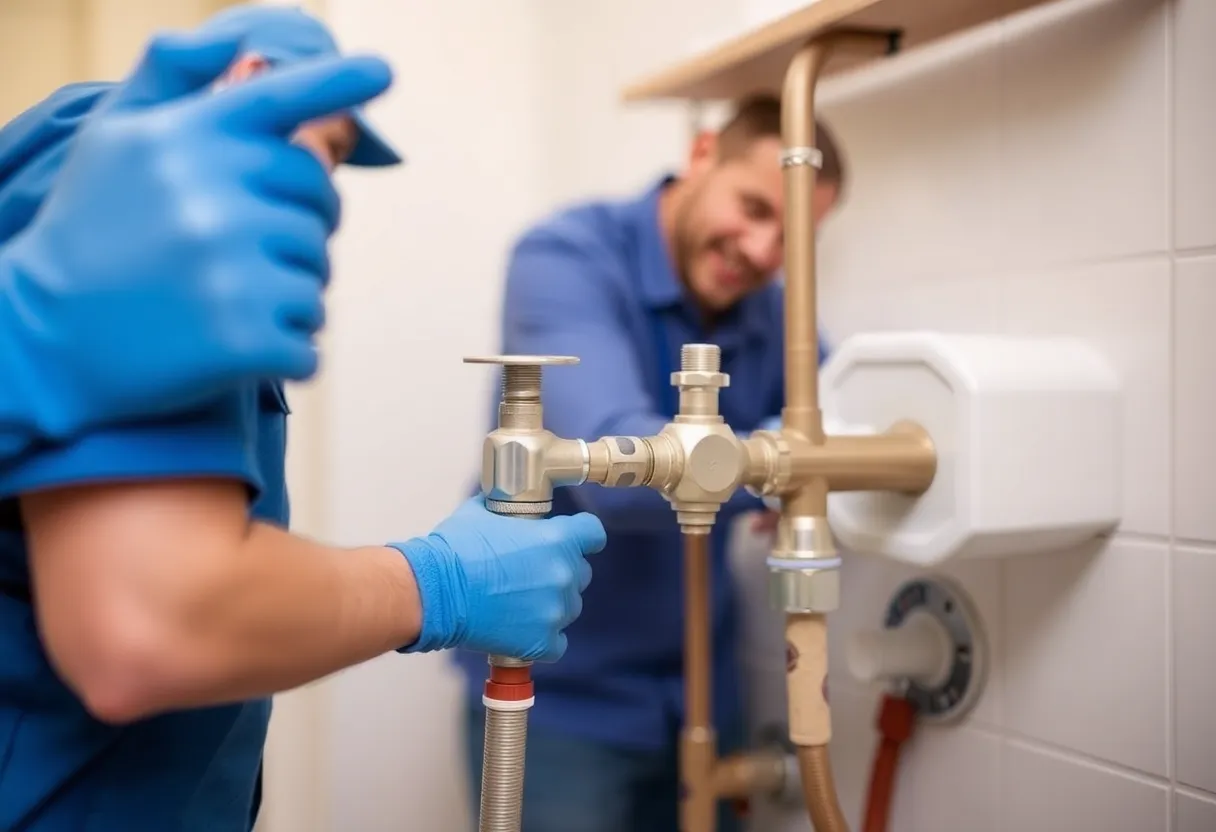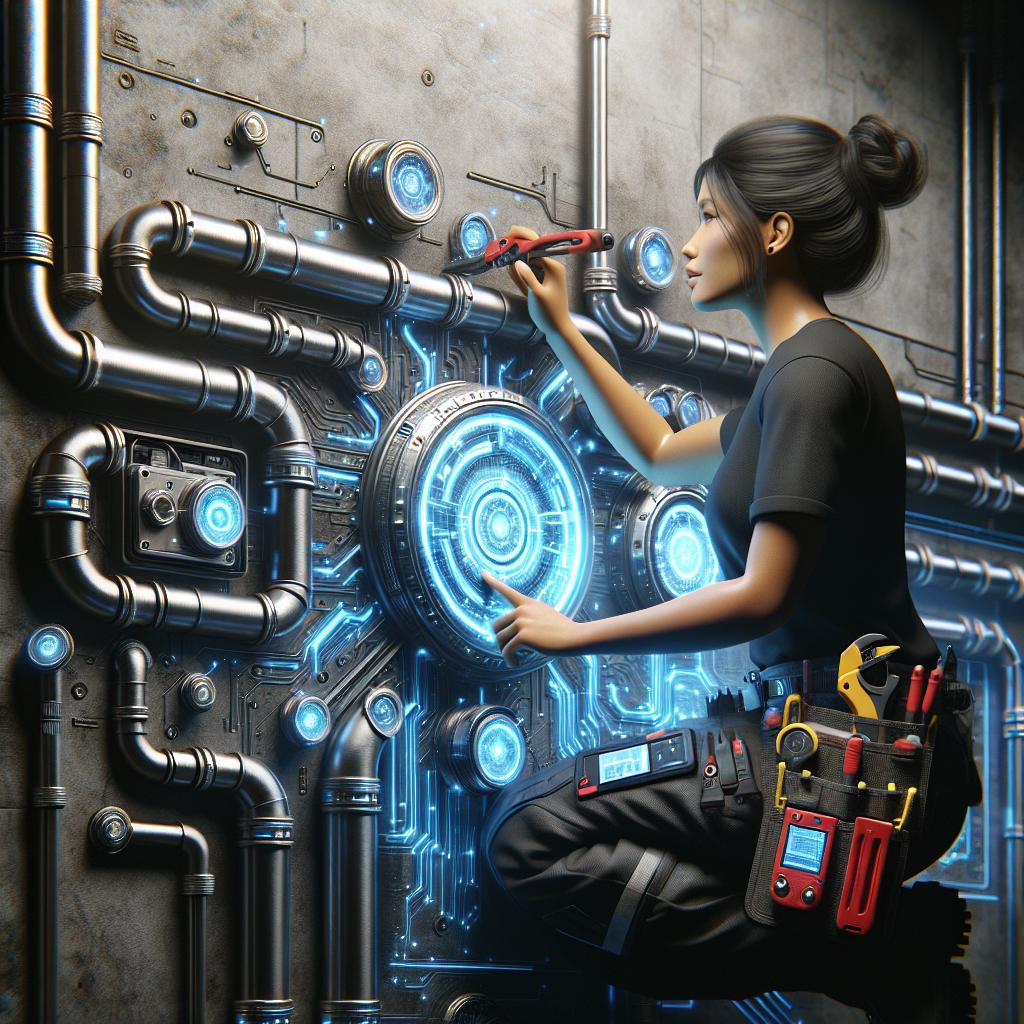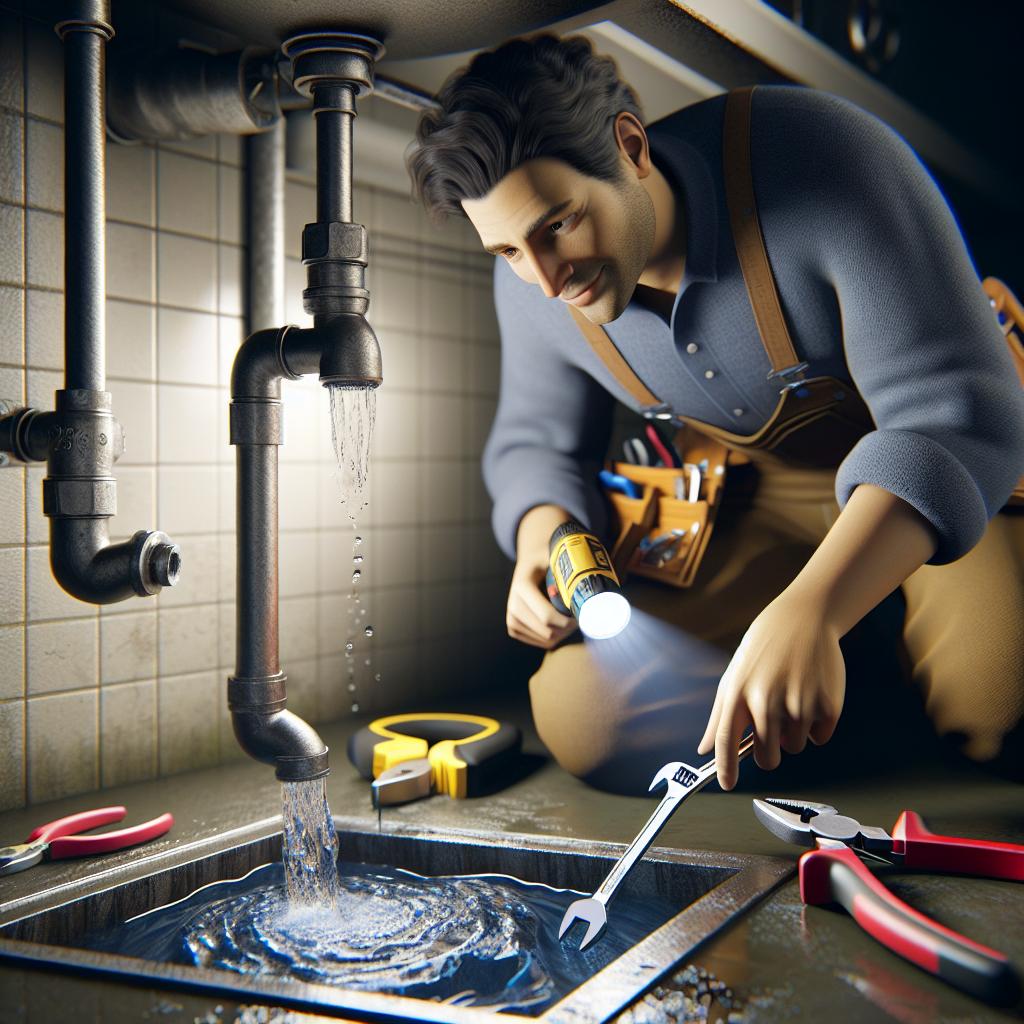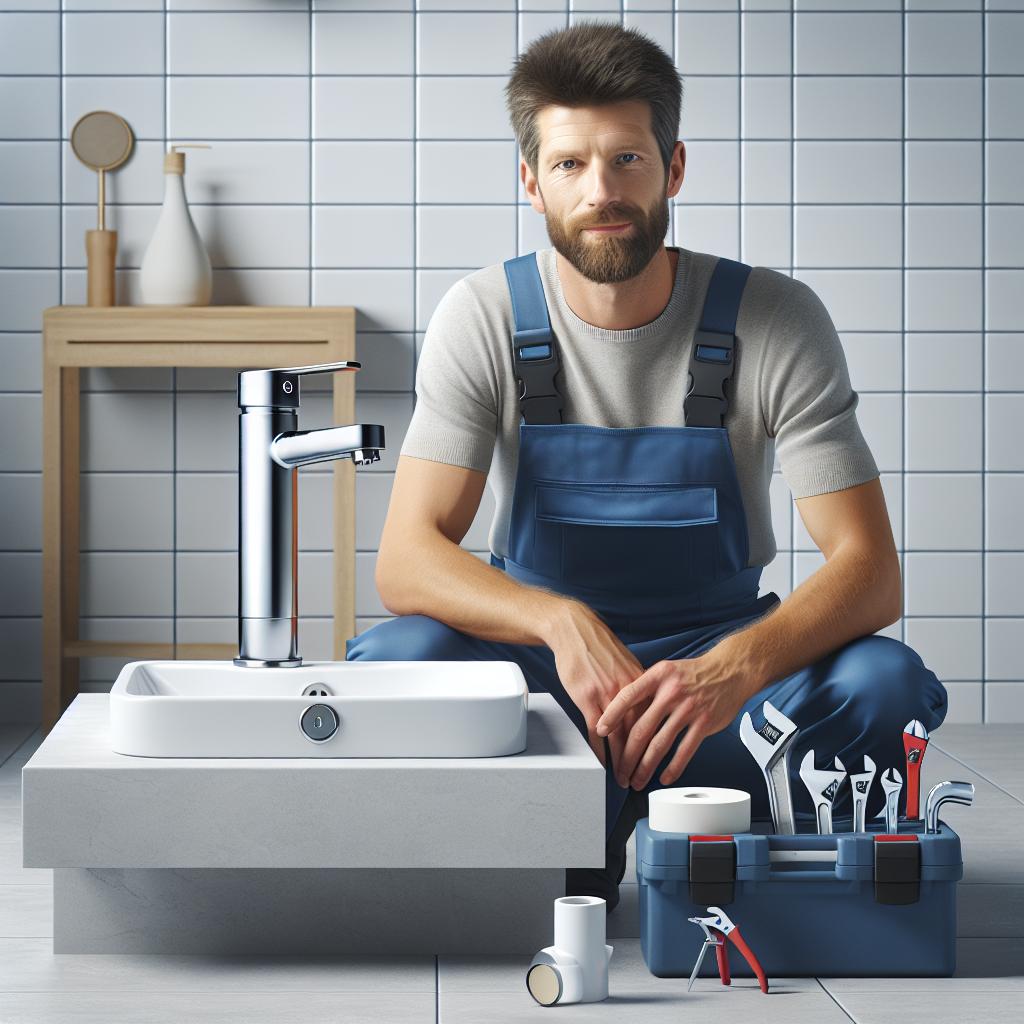The Plumbing Time Capsule: 10 Vintage Techniques Making a Comeback in Modern Homes
As society progresses, we often find ourselves revisiting traditional techniques and strategies that have faded over time. In the world of home plumbing, this phenomenon is particularly noteworthy. A plethora of vintage plumbing techniques are bubbling back to the surface, proving that sometimes, the old ways are indeed the best ways. This article dives into ten vintage plumbing techniques that are making a comeback in modern homes.
1. Galvanized Pipes
Once the standard for water supply lines in homes, galvanized pipes have mostly been replaced by modern plastic and copper options. However, there is a growing interest in their durability and longevity. Galvanized pipes are steel pipes coated with zinc to prevent rusting, offering better resistance against corrosion. Many homeowners are choosing to restore older homes using these pipes to maintain authenticity while benefiting from their robustness.
Why Galvanized Pipes?
Using galvanized pipes means tapping into the strength and life span of steel. With a resistance to impact and pressure, these pipes can last for decades if properly maintained. Furthermore, with modern coatings and processing techniques, they’re regaining popularity for their effectiveness and vintage aesthetic.
2. Lead-Free Soldering
Historically, plumbing solder contained lead, which posed severe health risks. This practice has now shifted towards lead-free soldering, a technique being embraced by traditionalists wanting to ensure safe drinking water. Lead-free solder is composed of other metals such as tin and silver, providing a safer option without compromising integrity.
The Importance of Safety
The shift towards lead-free options is essential for health-conscious homeowners. This nostalgic technique not only pays homage to the past but also ensures a healthier future, making it a wise choice for modern plumbing projects.
3. Wrought Iron Drainage
Wrought iron was once common for drainage systems, and it is experiencing a renaissance. Although often replaced with PVC due to cost and ease of installation, wrought iron drainage systems are now sought after for their remarkable strength and aesthetic appeal.
Why Choose Wrought Iron?
Wrought iron can last a lifetime, resisting fractures that can often occur in plastic systems. Its ability to handle heavy loads makes it a suitable choice for larger homes—an attractive option for those looking to improve under-sink drainage without the plastic look.
4. Salvaged Fixtures
The modern sustainability movement has sparked a resurgence in the use of salvaged plumbing fixtures. Vintage taps, sinks, and toilets, reclaimed from older homes or found in antique shops, not only lend character to modern bathrooms but also reduce waste.
Benefits of Salvaged Fixtures
Choosing salvaged items means creating a unique space with history while also contributing to environmental conservation. Furthermore, high-quality older fixtures often outlast contemporary counterparts, providing both style and function.
5. Gravity-Flush Toilets
The bygone era of gravity-flush toilets is making a revival as homeowners seek efficiency and simplicity. Unlike modern dual flush systems, these toilets rely solely on gravity to flush waste, reducing the plumbing complications often encountered with newer models.
Why Go Gravity?
Gravity-flush toilets are easier to maintain, often resulting in lower long-term costs. They also utilize less water per flush, making them environmentally friendly. Many homeowners appreciate their straightforward design, aiding in the nostalgic aesthetic of traditional bathrooms.
6. Copper Plumbing
Despite the advent of PVC and PEX, copper plumbing remains a choice for those seeking reliability and durability. It has been a mainstay in home plumbing systems for decades, known for its longevity and resistance to corrosion.
The Timeless Quality of Copper
Many modern homes are opting for copper plumbing to not only enjoy its aesthetic appeal but also its proven track record. It is even a preferred choice for those looking to enhance resale value. Copper’s natural resistance to algae and bacteria also makes it ideal for clean water supply systems.
7. Clay Drainage Pipes
The resurgence of clay drainage pipes is surprising to many, but these time-tested materials are being recognized for their longevity and effectiveness in handling wastewater. Clay pipes were predominant before the invention of plastic, and they are making a comeback in eco-conscious renovations.
Advantages of Clay Pipes
Clay pipes are resistant to corrosion and can endure extreme temperature changes. Their ecological profile is also appealing, as they are made from natural materials. Modern homeowners find this vintage method more appealing for maintaining green building standards.
8. Tankless Water Heaters
While not entirely vintage, tankless water heaters draw on traditional heating methods. These units heat water directly without the need for bulky storage tanks, thereby saving space and energy.
Efficiency Redefined
These on-demand systems provide an endless supply of hot water, a stark contrast to the limitations of conventional heaters. As people are increasingly looking to maximize efficiency, the historical concept has been revamped to cater to modern needs, making it highly desirable.
9. Victorian-Style Plumbing
The elegance of Victorian-style plumbing fixtures is finding its way back into modern homes. These intricately designed pieces reflect a bygone era of craftsmanship and are now being incorporated in renovations focusing on aesthetics.
The Allure of Victorian Design
Victorian plumbing elements, including clawfoot tubs and ornate faucets, bring luxury and charm into spaces. Many homeowners are driven by nostalgia, wanting to recreate the beauty of earlier times in their bathrooms and kitchens.
10. Manual Fill Bathtubs
The classic manual fill bathtubs, often seen in historical settings, have become popular again, especially in homes favoring a vintage aesthetic. These bathtubs do not rely on complex plumbing systems, allowing for a simpler installation.
Why Choose Manual Fill Bathtubs?
Beyond their nostalgic value, these bathtubs offer flexibility in usage and can be a great feature in off-grid homes. Many people enjoy the ritualistic aspect of filling the tub manually, contributing to a more mindful bathing experience.
Conclusion
The revival of these vintage plumbing techniques reflects a yearning for authenticity, durability, and sustainability in modern homes. As homeowners explore ways to incorporate historical elements into their living spaces, the plumbing time capsule becomes an enticing adventure. Whether for appeal, practicality, or eco-friendliness, these traditional techniques are here to stay, bridging the past with the present.
Adopting these vintage plumbing methods not only enhances the character of a home but also aligns with modern principles of sustainability and long-term quality. As we move forward, it’s crucial to appreciate and learn from the practices of the past, ensuring that our homes remain functional, stylish, and sustainable for generations to come.
